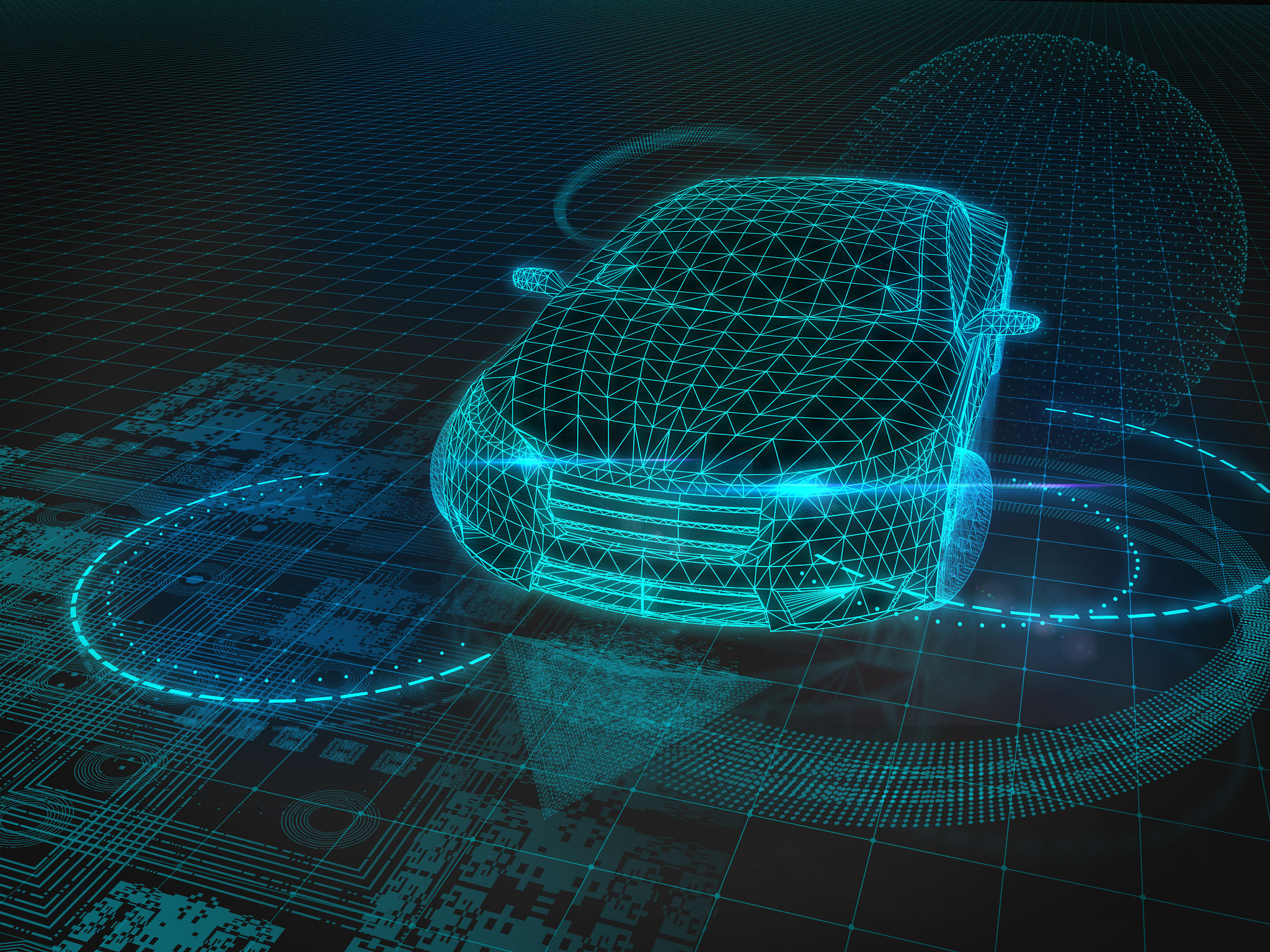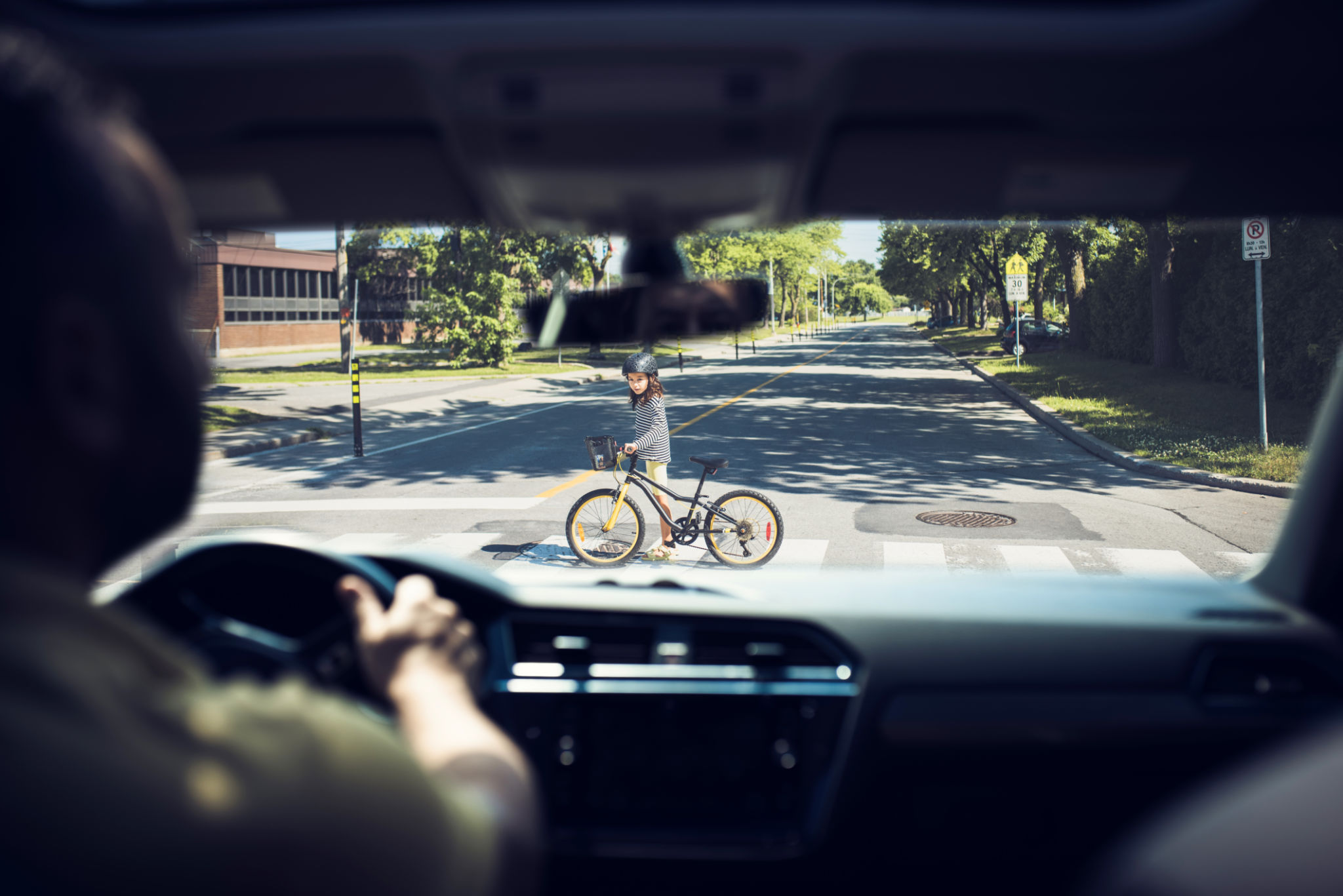How New Front Radar Coding Enhances Vehicle Safety: Insights for Merseyside Drivers
Understanding Radar Technology in Modern Vehicles
As technology advances, the automotive industry continually seeks innovative ways to enhance vehicle safety. One such advancement is the integration of front radar coding in modern vehicles. For drivers in Merseyside and beyond, understanding this technology can offer peace of mind and a safer driving experience.
Front radar systems are designed to detect objects in the vehicle's path, using radio waves to measure the distance, speed, and direction of objects. This information is critical for systems like adaptive cruise control and collision avoidance, which rely on precise data to function effectively.

The Role of Front Radar Coding
Front radar coding plays a crucial role in refining the data collected by radar systems. By enhancing the accuracy and resolution of radar signals, coding enables the system to better interpret complex driving environments. This includes distinguishing between stationary and moving objects, even in adverse weather conditions like heavy rain or fog.
Coding also helps reduce interference from other vehicles' radar systems, ensuring that each vehicle receives clean and precise data. This is particularly important in densely populated areas like Merseyside, where traffic congestion can be a daily challenge.

Benefits for Merseyside Drivers
For drivers in Merseyside, the benefits of improved front radar coding are significant. With more accurate object detection, vehicles equipped with this technology can respond more swiftly to potential hazards. This not only enhances safety but also improves the overall driving experience by reducing stress and fatigue.
Moreover, front radar coding supports advanced driver-assistance systems (ADAS) features, such as lane-keeping assistance and emergency braking. These systems provide an additional layer of safety, helping drivers maintain control in unexpected situations.
How It Works: A Technical Overview
The process starts with the transmission of radio waves from the vehicle's radar system. When these waves encounter an object, they bounce back to the radar sensor. Here, front radar coding comes into play, analyzing the returned signals to extract valuable information about the object's size, shape, and movement.

This data is then processed by the vehicle's onboard computer, which makes real-time decisions to support safe driving. For example, if the system detects a rapidly approaching vehicle ahead, it can alert the driver or automatically adjust the car's speed to prevent a collision.
The Future of Vehicle Safety
As we look to the future, front radar coding will continue to evolve, offering even more sophisticated safety features. With advancements in machine learning and artificial intelligence, future vehicles will be capable of predicting potential risks with unprecedented accuracy.
For Merseyside drivers, staying informed about these technological advancements is crucial. Embracing new safety features not only protects you and your passengers but also contributes to safer roads for everyone.

Conclusion
In conclusion, new front radar coding is a game-changer for vehicle safety. By enhancing the precision and reliability of radar systems, it allows for more effective driver-assistance features and improved road safety. Merseyside drivers can benefit greatly from these advancements, enjoying a safer and more comfortable driving experience.
As technology progresses, it's essential for drivers to stay updated on these developments and consider upgrading their vehicles with advanced safety features. Doing so ensures not only personal safety but also a positive impact on community road safety.